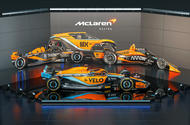McLaren is now racing in Extreme E as well as F1. Boss Zak Brown tells us why
If you were looking for a team that embodies the pomp and excess that Formula 1 is known for, you would likely pick McLaren Racing.
Think of the incredible Norman Foster-designed McLaren Technical Centre, the grandiose Brand Centre – the hospitality unit that began a ‘mine’s bigger than yours’ building race – and the team’s raputation for meticulous levels of preparation and cleanliness.
McLaren to take over Mercedes Formula E team for season nine
Things have changed since Ron Dennis stepped down as the boss in 2016, and under Zak Brown, the team has strived to create a more open, relaxed image. Even so, it’s quite the culture shock to see a McLaren Racing team operating out of a no-nonsense tent in the middle of a dusty, dirty Saudi Arabian desert. But your eyes aren’t deceiving you: that really is an Extreme E electric off-road SUV resplendent in McLaren’s papaya orange.
“I think we took people by surprise,” says Brown laughing, when asked to reflect on the reaction to the announcement that McLaren would expand into a series using electric SUVs racing in remote locations to highlight the impact of climate change. And it’s just one step of a notable expansion of McLaren Racing’s motorsport activities outside of F1 – which next year will also include Formula E. Why?
“McLaren has a history of being brave and doing innovative things,” says Brown, in an interview conducted before the team’s recent Formula E announcement.
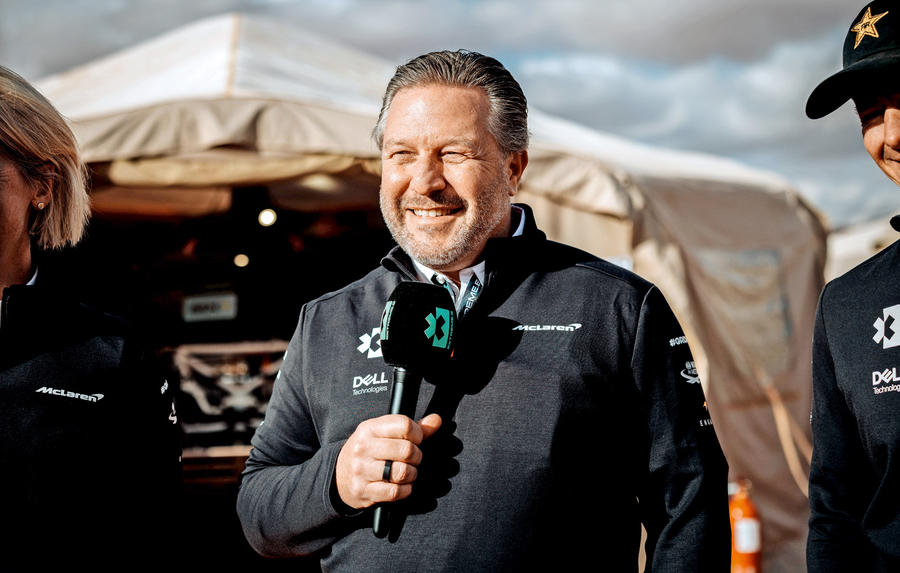
New Zealand-born racing driver Bruce McLaren founded his team in 1963 to run in the Australian Tasman Series but quickly diversified.
“In the early days, it was F1, it was Indycar, it was CanAm and more,” says Brown. “McLaren Racing is in the business of going racing, and now that we’ve got the F1 team back on track in terms of team structure, we felt it was the time to start expanding our racing enterprise.”
Even so, it’s quite a change: during McLaren’s 1980s and 1990s pomp, it was purely focused on F1, in part because that category became ever more separated from the rest of motorsport. Things began to change in 2017, when the team returned to the Indianapolis 500 with Fernando Alonso – although the car was run by Andretti Autosport. It returned two years later, this time in partnership with Carlin, before agreeing a collaboration with Arrow Schmidt Peterson team for the full 2020 season, and then taking a controlling stake in the Indianapolis-based team last year.
As a high-level single-seater series, Indycar makes a lot of sense for McLaren, particularly given the extra marketing opportunities it offers in the US. So does Formula E, especially when you consider both the golden opportunity to buy Mercedes-Benz’s title-winning outfit and that McLaren Applied Technologies has supplied the batteries for the Gen2 cars that will be retired at the end of the season.
But Extreme E? What’s a team famous for its meticulous, spotlessly clean approach doing in an off-road series for electric SUVs?
“For us, sustainability is critically important,” says Brown, noting that it became F1’s first certified carbon-neutral team in 2011. “The combination of the core values of Extreme E and McLaren meant it was a racing series we wanted to be involved in from a brand standpoint.
“We wanted a platform to showcase and educate and learn, and this is a platform beyond F1 to highlight what we’re doing in the sustainability arena. Gender equality was huge, too. We liked Extreme E because we felt it has multiple elements to it in some of the initiatives: climate change, EV and gender equality.”
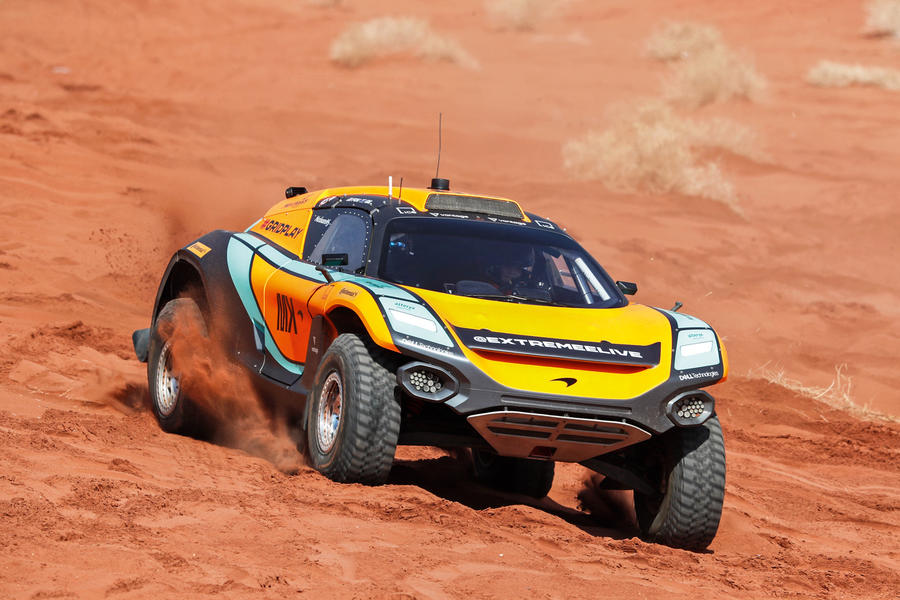
There are some external factors, as well. It helps that Extreme E is extremely cost-effective: the teams lease the cars from the series organisers and there are strict limits on the numbers of personnel at each event and limited running time.
Brown also admits that the new F1 cost cap and headcount restrictions were “a contributing factor”, because the McLaren Extreme squad can employ mechanics it might otherwise have had to lose. For example, Lando Norris’s old engineer is now tending to the Spark Odyssey SUV.
While the bulk of the McLaren Extreme mechanics have come from the F1 operation, the team has sought specialist help. It has a partnership with veteran motorsport outfit Multimatic and leading rallying engineer Leena Gade is its principal engineer. It has also recruited two hugely experienced off-road drivers: American rallycross star Tanner Foust and Kiwi rally driver Emma Gilmour.
The team’s first outing in the Desert X-Prix showed plenty of promise. After early struggles, Foust and Gilmour together won the so-called Crazy Race before Foust, unsighted by heavy dust, crashed into a slowing rival in the final race.
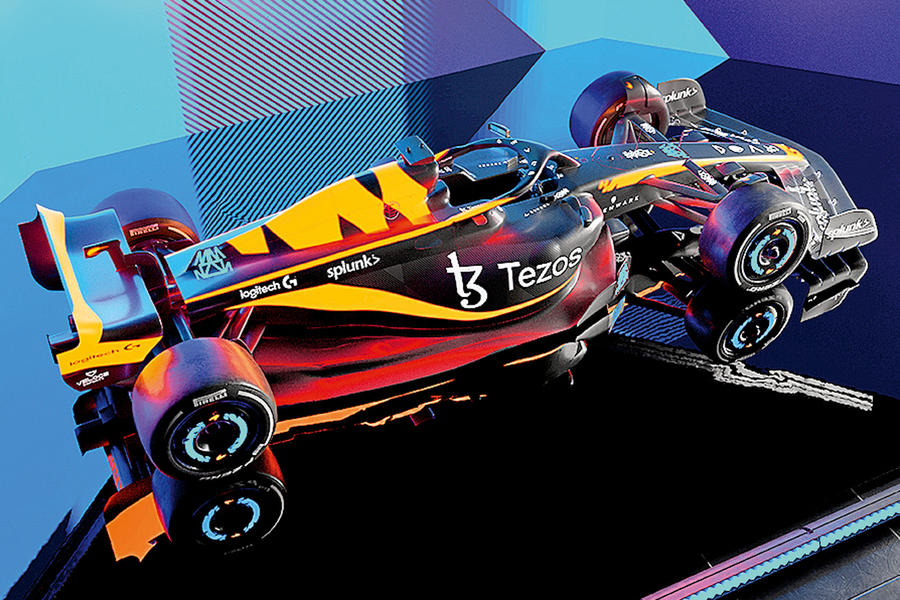
Although an F1 car and an Extreme E SUV are very different beasts, Brown says the “discipline of how you go motor racing” means some of the skills learned in grand prix paddocks can be transferred to the electric off-road series.
“It’s all about the preparation, the technical side, the data analytics and having the best drivers,” he says. “The mechanical elements of the cars are different but the mindset is the same.”
Part of the reason why Extreme E – and now Formula E – might seem such an odd choice for McLaren Racing is that the McLaren Automotive road car arm offers neither an EV nor an SUV.
However, Brown notes that “this is clearly a McLaren Racing effort, and it doesn’t detract from what McLaren Automotive is doing. And never say never: I’m sure an EV will come from them at some point.”
Besides, Brown reckons that fans of McLaren – whether the racing team or the road car arm – will be excited by its continued expansion.
“People who buy McLaren road cars love motorsport, so it’s not just a technology play,” he says. “We’re a racing team and a racing brand, and the more racing we can do, the more we can showcase those opportunities.”
McLaren’s greatest hits outside of F1
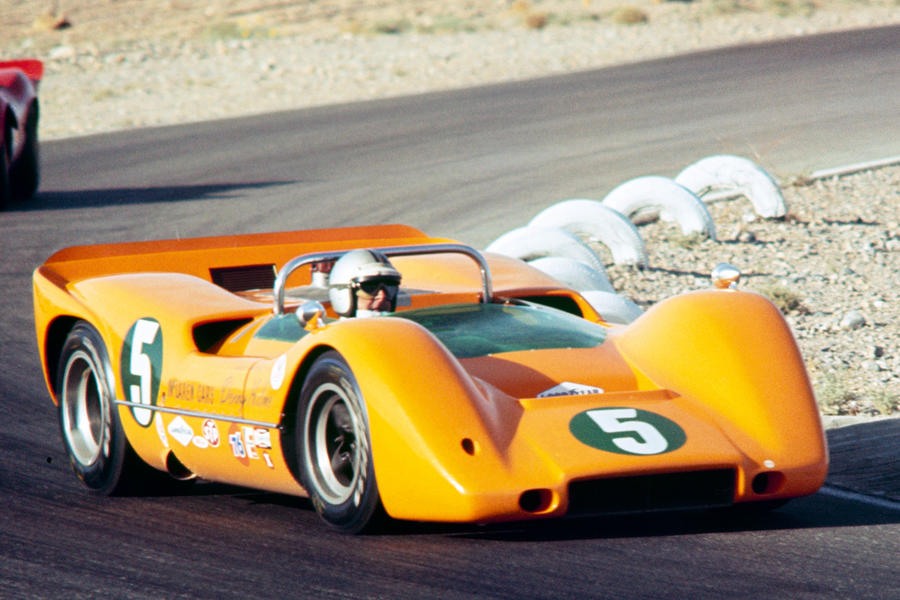
Can-Am: McLaren was a dominant force early in the rules-light Canadian-American Challenge Cup sports car series. Although it missed the inaugural 1966 title, the squad won the next five with drivers Bruce McLaren, Denny Hulme and Peter Revson. The Chevrolet V8-powered M6A that it used to win the 1967 crown was the first to feature the team’s now-trademark papaya livery.
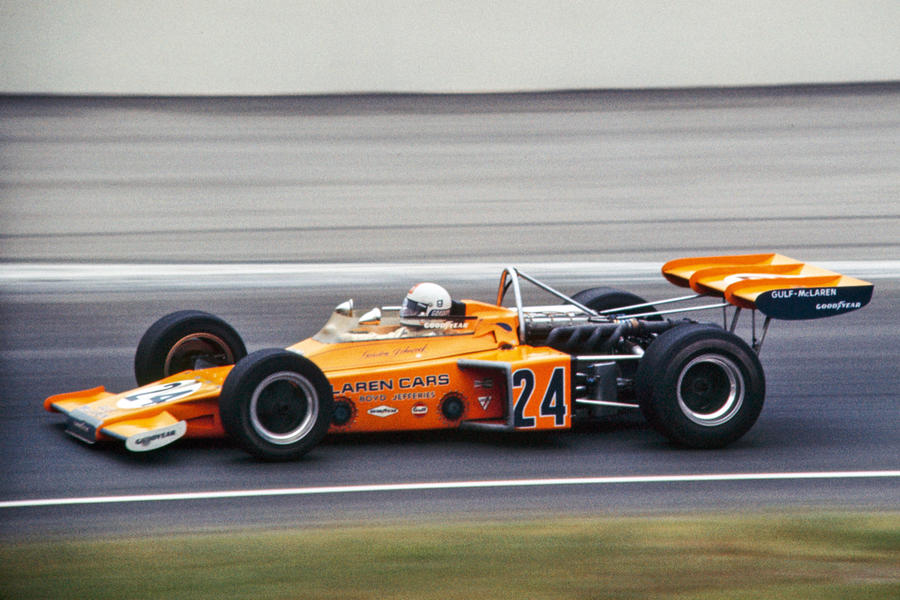
Indycar: With backing from tyre supplier Goodyear, which was eager to break rival Firestone’s dominance of the race, McLaren regularly contested the Indianapolis 500 and USAC Champ Car series in the 1970s. With the rapid M16B, it notched up several wins and showed incredible pace before Johnny Rutherford scored its first Indy 500 win in 1974 (although Mark Donohue had won in 1972 in a Penske-run M16B).
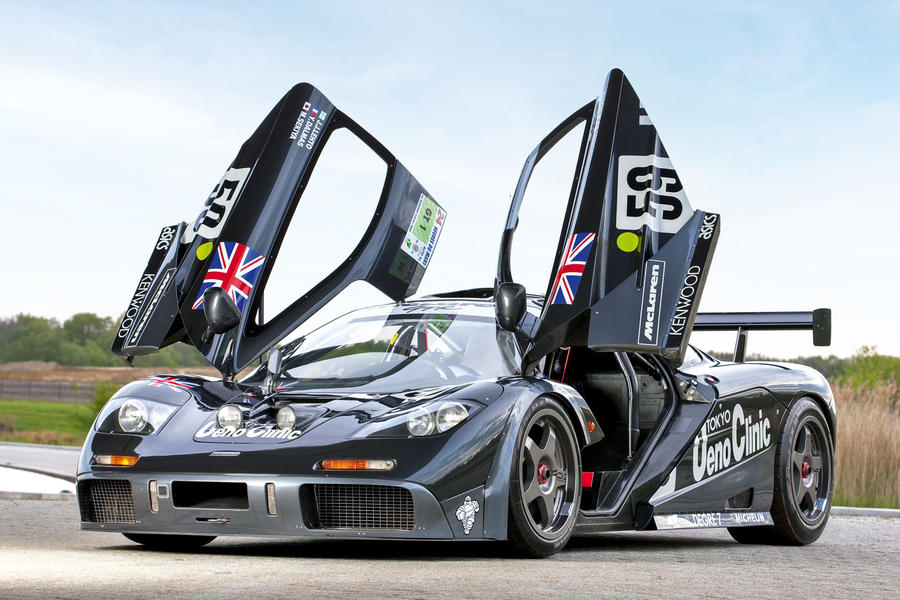
Le Mans: When McLaren’s road car division started out with the F1 in 1992, it insisted it had no plans to produce a racing version. It eventually relented with the launch of the BPR Global GT Series in 1995, and a McLaren F1 GTR fielded by Kokusai Kaihatsu Racing took a shock outright win in the 1995 Le Mans 24 Hours. Unusually, it was a McLaren Automotive project, with no link to McLaren Racing.
Source: Autocar
